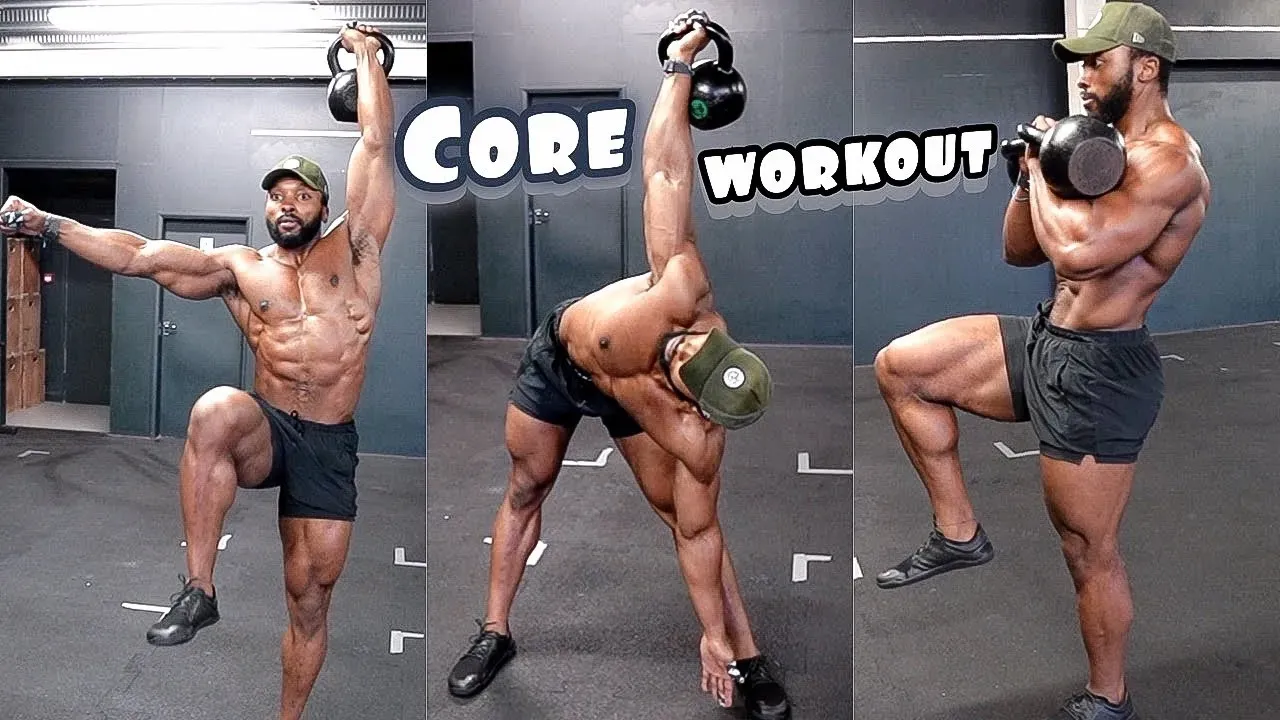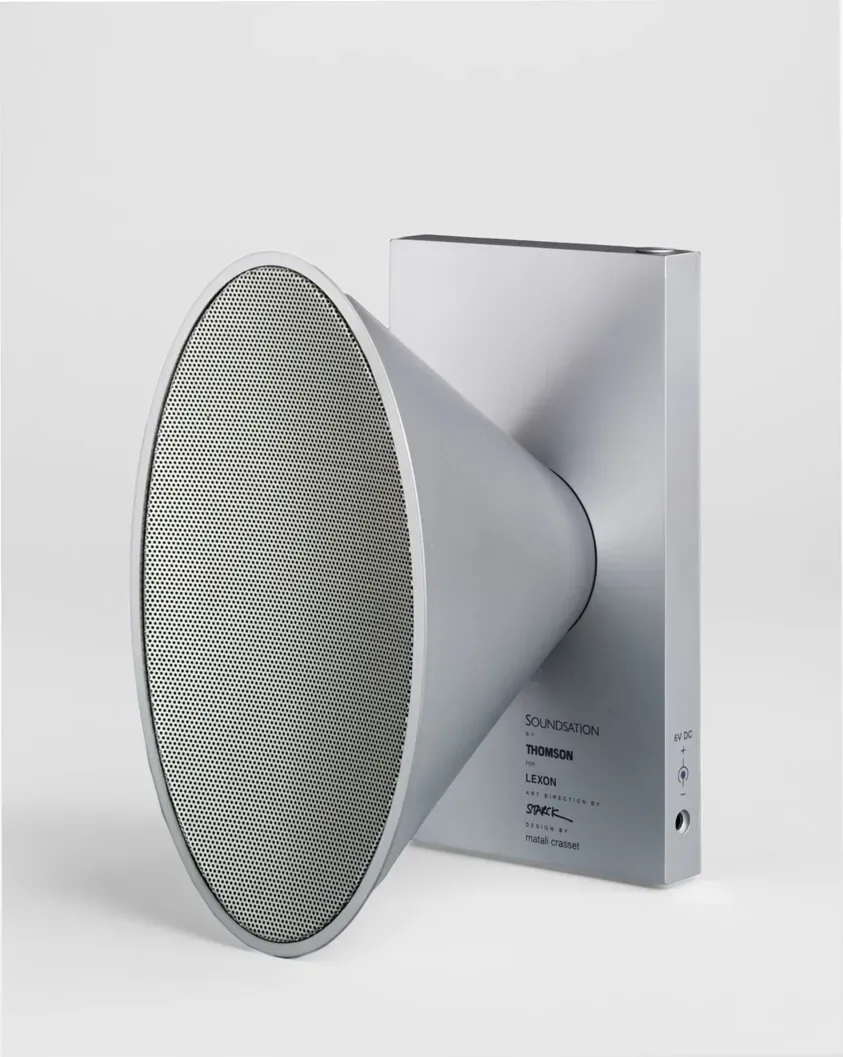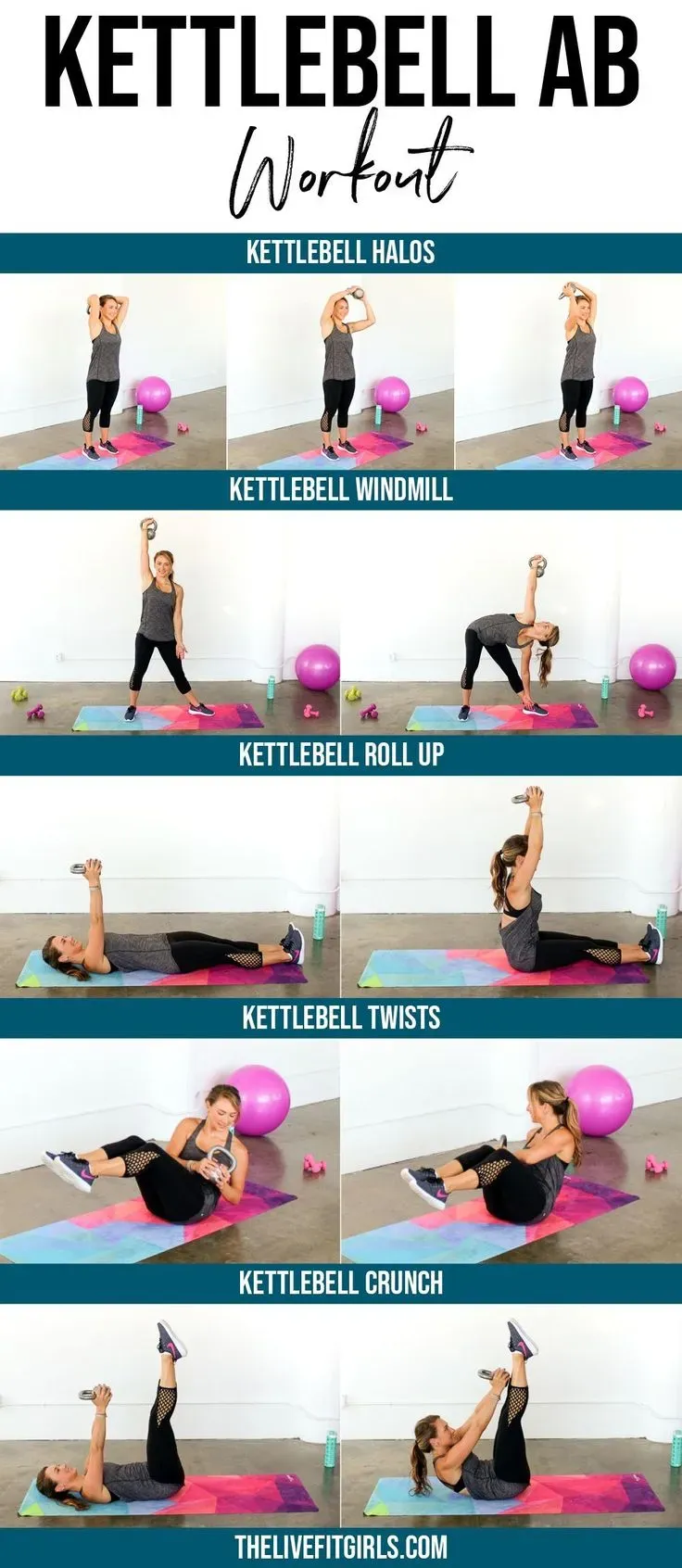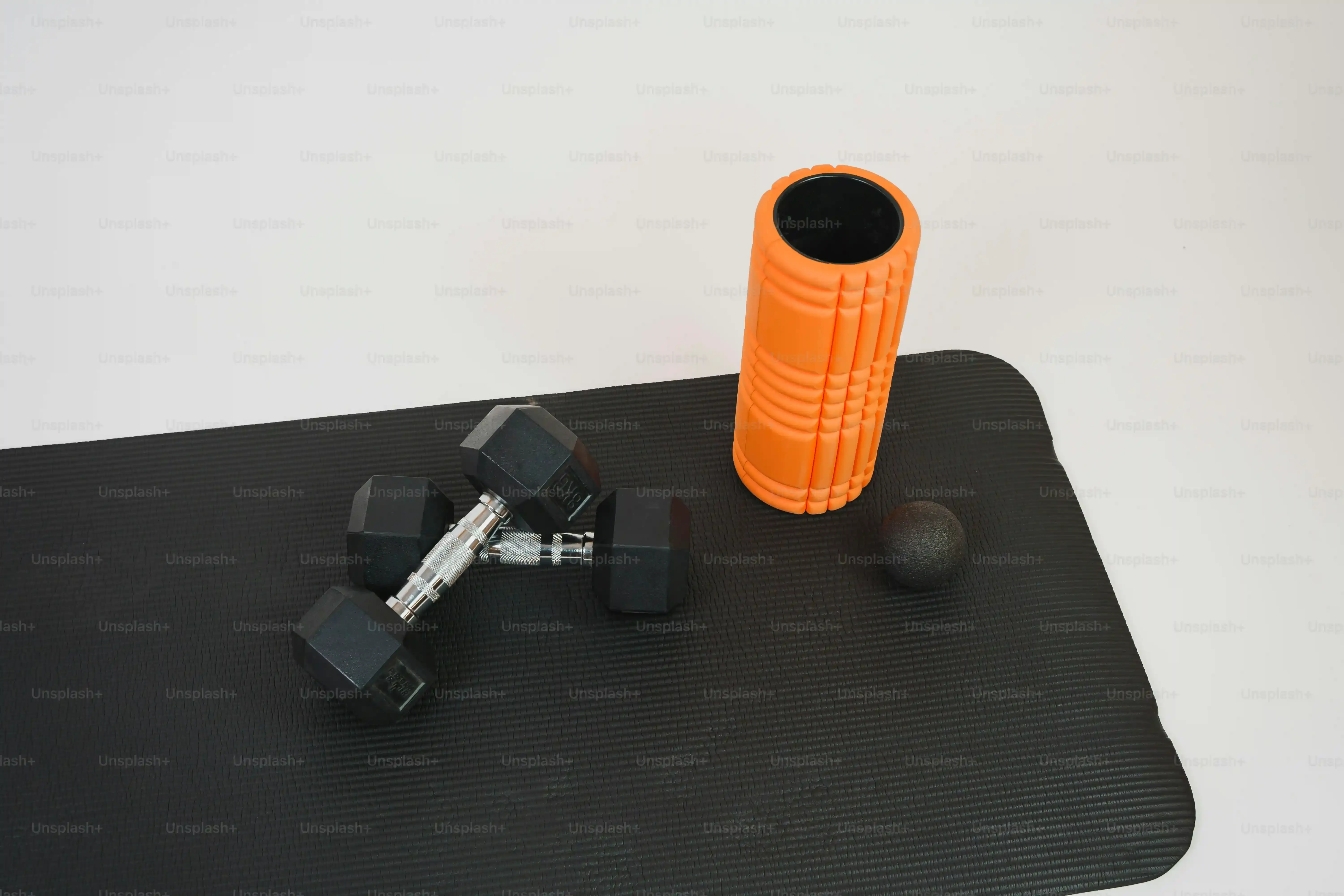Table of Contents
Let's be honest, endless crunches on a dusty mat? Probably not sparking joy, and maybe not building the kind of bulletproof core you actually need. A strong core isn't just about a flat stomach; it's the engine room for everything you do, from lifting heavy things to simply standing upright without feeling like a question mark. If your current ab routine feels like Groundhog Day and isn't delivering results that translate to real-world strength, it's time for a change.
Why Bother with an Ab Kettlebell Workout?

Why Bother with an Ab Kettlebell Workout?
Beyond the Basic Crunch
Look, you've probably spent countless hours on the floor, pumping out crunches and leg raises, hoping for that elusive six-pack. And maybe you got somewhere, maybe you didn't. But let's be real, those isolation exercises often miss the mark when it comes to building a truly functional, resilient core. Your core isn't just about flexing your abs; it's about resisting movement, stabilizing your spine, and transferring force. This is exactly where a dedicated ab kettlebell workout shines. It forces your core to work as it's designed – as the central pillar of your body, integrating upper and lower body movements.
Using a kettlebell introduces instability and asymmetrical load, demanding more from your stabilizing muscles than symmetrical weights like barbells or dumbbells often do. Think about it: life doesn't happen in perfectly balanced movements. Lifting a grocery bag, twisting to throw something, preventing a stumble – these all require a core that can handle uneven forces. A kettlebell trains that capability directly.
Real-World Strength, Not Just Show
Forget mirror muscles for a second. The real power of an ab kettlebell workout lies in building strength that actually matters outside the gym. Kettlebell exercises often involve movements that challenge your core's ability to resist rotation (anti-rotation), resist extension (anti-extension), and resist lateral flexion (anti-lateral flexion). These aren't fancy terms; they describe the core's job in preventing your spine from twisting, arching backward, or bending sideways when it shouldn't.
Swings demand serious anti-extension strength. Turkish Get-Ups are the king of integrated core stability under load. Even simple carries force your obliques and deeper core muscles to work overtime just to keep you upright. This functional strength translates directly to better posture, reduced back pain, and improved performance in virtually any sport or physical activity you can name. You're not just training abs; you're building a stronger, more durable human.
- Kettlebells challenge core stability dynamically.
- They build anti-rotation and anti-extension strength.
- Exercises mimic real-life movements.
- They improve posture and reduce back strain.
- An ab kettlebell workout integrates the entire body.
Efficiency and Engagement
Let's face it, time is usually tight. Spending 20 minutes doing separate, static ab exercises might feel productive, but it's often less efficient than dynamic, compound movements that hit your core while also working other muscles. Many effective ab kettlebell exercises are full-body movements with a significant core component.
Take the kettlebell clean and press or the snatch. While primarily hip and shoulder dominant, your core is working intensely to stabilize and transfer power. Incorporating these into your routine means your core gets blasted as part of a larger, more calorie-burning effort. Plus, let's be honest, lifting and moving a kettlebell is just more engaging than another set of crunches. It requires focus, coordination, and effort, making your workout less monotonous and more rewarding.
Essential Ab Kettlebell Workout Moves to Start

Essential Ab Kettlebell Workout Moves to Start
The Kettlebell Halo: A Core Awakening
Alright, stepping into the world of the ab kettlebell workout doesn't require you to immediately start juggling iron like a circus performer. Let's begin with something that feels a bit less intimidating but is sneakily effective: the Kettlebell Halo. Grab a light to moderate kettlebell by the horns (that's the part of the handle where it meets the bell). Hold it upside down, bell pointing up, close to your chest.
Now, slowly circle the kettlebell around your head, keeping it close. Think of drawing a halo with the bell. Go one direction for a few reps, then reverse. The trick here is keeping your torso still. Your core, especially those deeper stabilizing muscles, has to work overtime to prevent your body from twisting and swaying. It's not a big, explosive movement, but it's fantastic for waking up your core's ability to resist unwanted motion. It's like teaching your abs to be a solid, unmoving pillar.
Kettlebell Goblet Squat: More Than Just Legs
You might think the goblet squat is purely a leg exercise, but hold that thought. Holding a kettlebell at your chest (again, by the horns) during a squat dramatically increases the demand on your core. The weight out in front of you tries to pull you forward, forcing your anterior core (your abs and obliques) to engage hard to keep your torso upright and your spine neutral.
This isn't just about aesthetics; it's about building core strength that integrates with your lower body. Every time you descend into the squat and stand back up, your core is stabilizing the load and transferring force. It's a fundamental move that gives you a lot of bang for your buck, working your legs, hips, and providing a solid foundation for your ab kettlebell workout journey. It's a prime example of how kettlebells make compound movements seriously core-taxing.
Here are a couple of starting points:
- Start with a weight you can control for 8-12 reps with good form.
- Focus on keeping your chest up and your back straight throughout the movement.
- Imagine bracing your core as if you're about to take a punch.
Taking Your Ab Kettlebell Workout Up a Notch

Taking Your Ab Kettlebell Workout Up a Notch
Alright, so you've got a handle on the basics – the Halos aren't making you dizzy, and your Goblet Squats feel solid. Ready to stop just dipping your toes in and actually jump into the deep end of a serious ab kettlebell workout? This is where things get interesting. Moving beyond foundational stability means challenging your core with dynamic movements that demand more coordination, strength under load, and rotational control. We're talking about exercises that integrate your core into powerful, athletic actions, forcing it to stabilize and generate force simultaneously. It’s less about holding still and more about controlling chaos, in the best possible way for building a truly robust midsection.
Crafting Your Perfect Ab Kettlebell Workout Routine

Crafting Your Perfect Ab Kettlebell Workout Routine
Start with an Honest Assessment
Alright, so you're sold on kettlebells for carving out a stronger core. Great. But before you just grab the heaviest bell you see and start flailing, let's get real. What's your current fitness level? Are you just starting out, or have you been swinging iron for years? What are your actual goals? Just want a bit more core stability for lifting? Or are you aiming to integrate complex movements like the Turkish Get-Up into a full-blown ab kettlebell workout?
Trying to run before you can walk with kettlebells is a fast track to frustration or, worse, injury. Think about where you're starting. Can you hold a plank for 30 seconds without your hips sagging? Can you perform a solid goblet squat? These are foundational movements. Your routine needs to build upon your current capabilities, not ignore them. Be honest with yourself about your strength, mobility, and any past injuries. This isn't about ego; it's about building a sustainable, effective plan.
Selecting Your Arsenal of Moves
Now that you know your starting point, it's time to pick the exercises for your ab kettlebell workout. Don't try to do everything at once. A solid routine usually focuses on a few key movement patterns that challenge the core in different ways: anti-extension (like swings), anti-rotation (like Pallof presses with a band, or certain kettlebell carries), and integrated stability (like Turkish Get-Ups or overhead carries).
For beginners, sticking to Halos, Goblet Squats, and perhaps some simple kettlebell carries (like the Farmer's Walk or Suitcase Carry) is a smart move. As you get stronger, you can add in more complex lifts like Swings, Cleans, Presses, and eventually, the mighty Turkish Get-Up. The key is progression – mastering the basics before moving onto the advanced stuff. Think about balancing exercises that work different core functions within your routine.
- Beginners: Halos, Goblet Squats, Carries (Farmer's, Suitcase).
- Intermediate: Add Swings, Cleans, Presses, Windmills (light weight to start).
- Advanced: Turkish Get-Ups, Snatches, heavier Carries, more complex flows.
- Ensure variety: include exercises that challenge anti-extension, anti-rotation, and lateral flexion.
Avoiding Pitfalls in Your Ab Kettlebell Journey

Avoiding Pitfalls in Your Ab Kettlebell Journey
Don't Let Ego Pick Your Kettlebell Weight
Look, it's tempting. You see someone online swinging a bell that looks like a small cannon, and you think, "Yeah, I can do that." Slow your roll, friend. The biggest trap people fall into with an ab kettlebell workout, or any kettlebell work really, is grabbing a weight that's too heavy too soon. Kettlebell training is incredibly dynamic, and bad form with a heavy bell is just an express train to injury town. Your core's job is stability, and if the weight is forcing you to compensate with your back or swing wildly, you're not building core strength; you're practicing how to hurt yourself.
Start lighter than you think you need. Seriously. Focus on mastering the movement pattern, feeling your core engage, and controlling the weight through the entire range of motion. A perfectly executed Halo with a 10-pound bell does infinitely more for your core than a sloppy, back-bending swing with a 30-pounder. There's zero shame in starting light. It's smart training. The weight will come as your strength and control improve.
Skipping the Fundamentals (and Warming Up!)
Another classic move that'll trip you up? Thinking you can jump straight to the fancy stuff without building a base. The Turkish Get-Up looks cool, right? It is! But attempting it without first being able to do controlled planks, dead bugs, and Halos is like trying to build a house without a foundation. Kettlebell movements are complex and require coordination and stability that you build from the ground up. Don't skip the foundational core work just because it seems less exciting.
Also, please, please, please warm up properly. Swinging a cold kettlebell around is asking for trouble. A few minutes of dynamic stretching, some light cardio to get the blood flowing, and maybe some bodyweight core activation drills can make a world of difference in how your body performs and prevents strains. Think of it as prepping the engine before you hit the gas. Your body, and your core, will thank you.
- Master basic core stability before complex moves.
- Don't neglect exercises like planks and dead bugs.
- Always perform a dynamic warm-up before lifting.
- Focus on controlled movements, not speed or weight initially.
- Learn proper breathing techniques for bracing your core.
Ignoring What Your Body Tells You
We all have those days where we feel invincible, and days where things just feel "off." A major pitfall is pushing through pain or ignoring signs of fatigue. Kettlebell training, especially an intense ab kettlebell workout, taxes your system. If your back is yelling at you during swings, or your shoulder is complaining during overhead work, listen! Pushing through actual pain isn't grit; it's foolishness. It's okay to back off, reduce the weight, or even skip an exercise if your body isn't ready.
Recovery is also non-negotiable. Your muscles, including your core, need time to repair and grow stronger. Trying to hit a heavy ab kettlebell workout every single day is a recipe for burnout and diminishing returns. Schedule rest days. Eat well. Get enough sleep. These aren't optional add-ons; they are critical components of getting stronger and avoiding setbacks on your kettlebell journey. Consistency over intensity every single session wins in the long run.
Your Core, Upgraded
So there you have it. Ditching the repetitive mat work for a dynamic ab kettlebell workout isn't just about aesthetics; it's about building a core that serves you in every lift, every sport, and every unexpected twist life throws your way. You've got the tools – the swings, the carries, the presses, the rotational moves. Now it's your turn to put them to work. Start light, focus on form, and gradually challenge yourself. Your core will thank you for it by being stronger, more stable, and ready for whatever comes next. Stop doing crunches that go nowhere and start building real, functional strength with that cannonball.